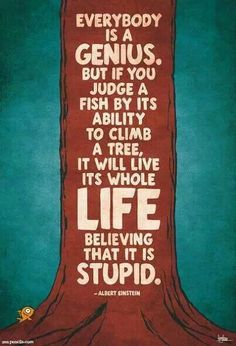
“In diversity, there is beauty and there is strength.” – Maya Angelou
One of the most beautiful things about words is their ability to bring people together. In our increasingly connected world, we all share words and meaning, especially in classrooms. Now, more than ever, classrooms strive to celebrate the diversity and multiculturalism that comprises the United States. While this task may seem challenging, daunting even, due to the homogenous nature of many schools, it is possible and even imperative that educators strive to foster this environment. By incorporating diversity and multiculturalism into the classroom, not only are we giving our students a chance to learn about others who are different from themselves, but we are affirming identities by demonstrating empathy and human kindness. Our students need to be aware of and informed about the issues and realities of race, ethnicity, gender, religion, age, sexual orientation, and socioeconomic status so they can agents of change.
…
Recently, my class had a discussion over multicultural and diversity issues, specifically focusing on race and religion. It was clear at the very start of the discussion that there were several uninformed students. However, the way that their classmates respectfully and compassionately explained the topics not only affirmed the students who were uninformed but also allowed them to grasp a deeper understanding of two highly controversial issues. At the end of the discussion, one student even thanked his classmates for helping him understand rather than attacking him for his ignorance. This moment comes to me time and again as I think about how important diversity is in our classrooms. With knowledge and understanding of others, students can overcome the fear of the unfamiliar. With the respect and empathy of their peers, students can grow and learn to see that there is beauty and strength in all that is diverse.
…
One of the most beautiful aspects of students is the collage of self-identities that create the classroom. While this spectrum of learners is both magnificent and exciting, it can be easy for teachers to shut out part of the scope of students in a class. These students may include the high-ability learners because they are the students who need the least amount of attention and guidance. Another overlooked group may be the struggling learners who do not wish their peers to know they are doing poorly. As a result of this poor performance, these students may act out in a variety of ways, causing the teacher to overlook their struggles in favor of more cooperative struggling students. Students with different linguistic backgrounds from English may also be overlooked. Since these students need extra support to understand academic language, their learning pace is much slower than their classmates. This could result in the teacher feeling the strain of needing to slow down and explain the lesson for some students and the need to fit in all necessary information from the lesson. These reasons for shortening the spectrum of which student identities are affirmed are perfect exemplars as to why differentiated instruction is so crucial. Through differentiated instruction, a wide range of students can be reached, their learning styles can be catered to, and there are supports in place to ensure maximum learning is occurring. Differentiated instruction also allows for the inclusion of more students, especially lower-ability students who may have never participated in class before. If educators are going to ensure that all student learning needs are met, differentiated instruction is a must.



